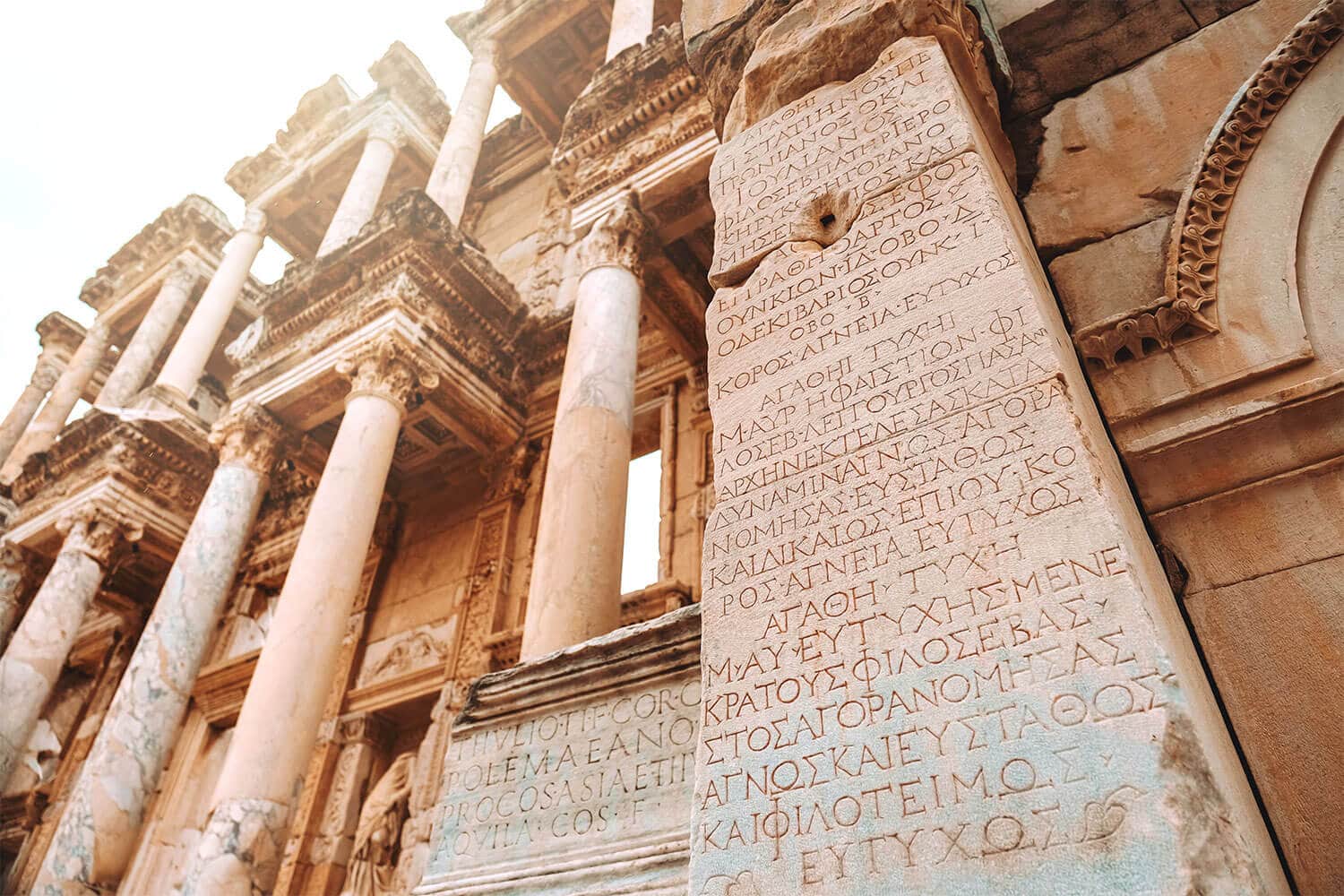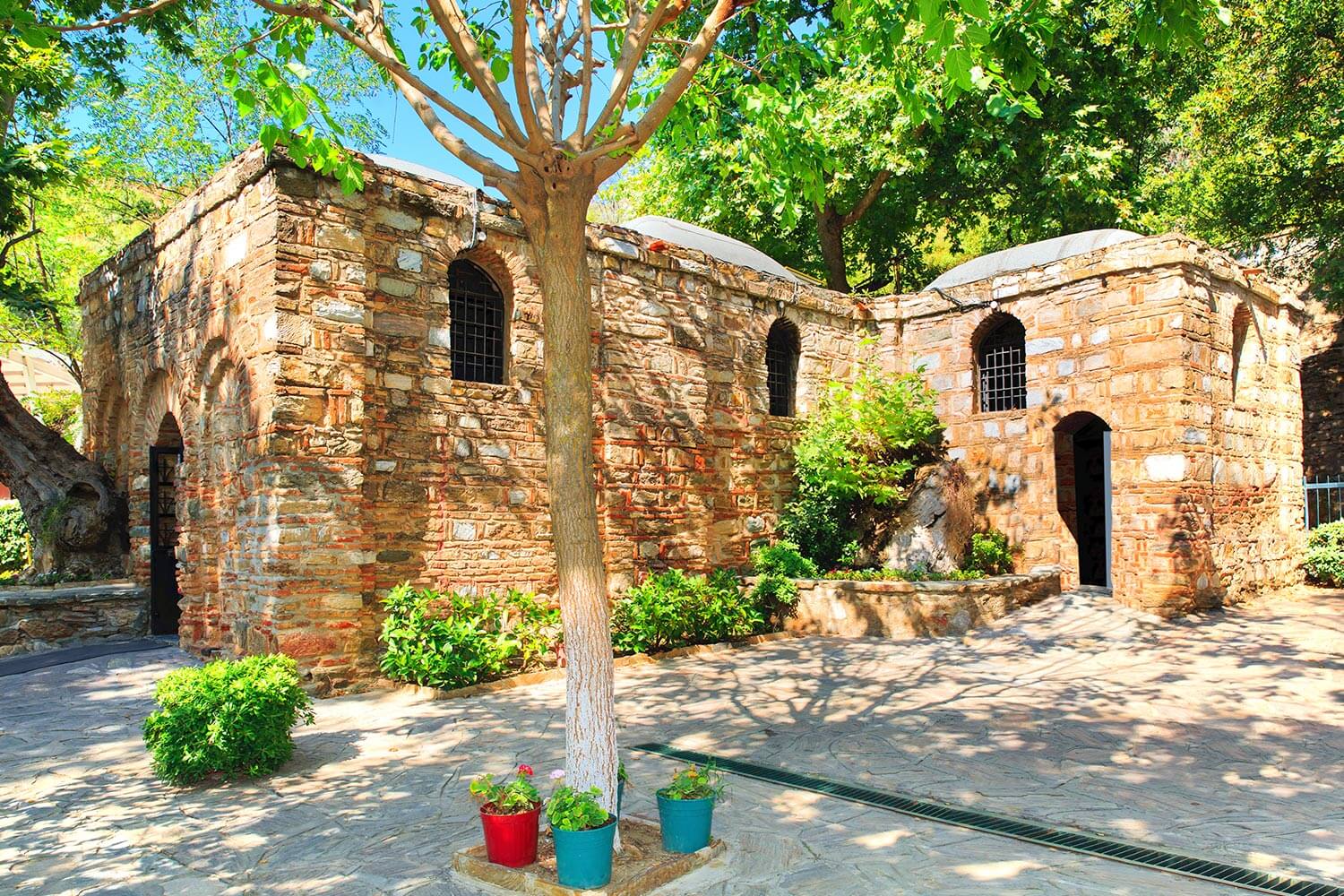Priene is an ancient Greek city located in modern-day western Turkey. It was an important city in Ionia, a region on the western coast of Asia Minor (now Turkey). Priene is known for its well-preserved and planned city structure, providing a glimpse of the urban layout common in the Hellenistic period.
The city was founded in the 11th century BCE and flourished during the 7th and 6th centuries BCE. It was home to Bias of Priene, one of the Seven Sages of Greece. The city was eventually moved to its current location around 350 BCE due to silting from the Meander River.
Priene’s most famous structure is the Temple of Athena, built by the architect Pytheos and funded by Alexander the Great. Other notable structures include the theater, the bouleuterion (council house), the prytaneion (town hall), and various temples and public squares.
The city’s design is an excellent example of Hippodamian planning, also known as a grid system. This layout was named after the Greek architect Hippodamus of Miletus, who is often credited as the “father” of city planning.
Today, the ruins of Priene are a popular archaeological site. The city’s well-planned streets, public spaces, and private houses offer an opportunity to walk through a city designed and built more than 2,300 years ago. The site also provides a stunning view of the surrounding plains and mountains.












